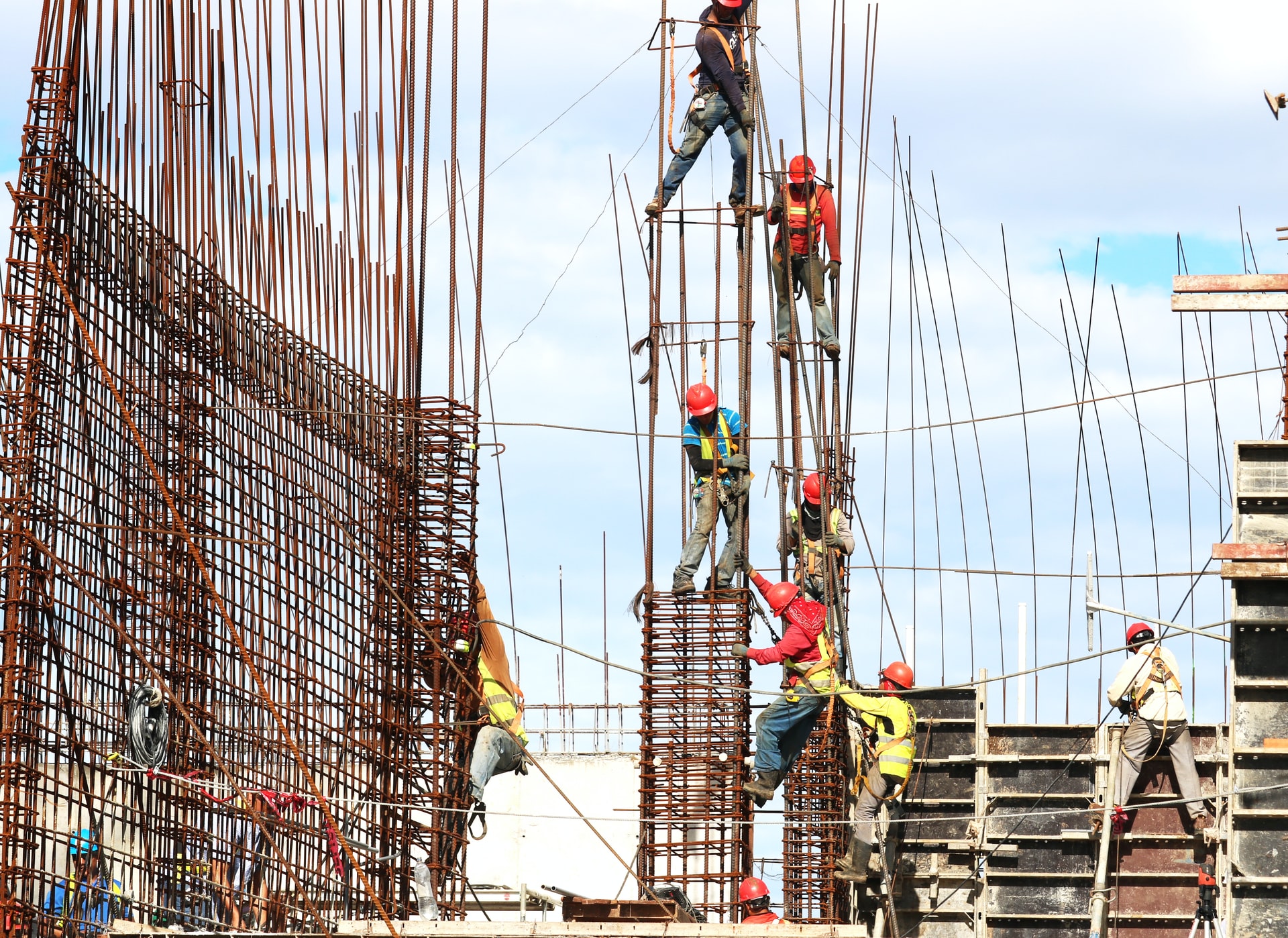Post-Pandemic Future of the Architecture and Construction Industries
There is no doubt that the Covid-19 pandemic has affected many industries around the world. It has been a tragedy on many different levels, including health, economy, and social life. The construction and design industries are no different in this case, as architects and designers found themselves locked behind closed doors like everybody else around the world and fighting to find ways to remain relevant and design or find the perfect responses to build relevant buildings and projects that feel safe amid this crisis, all while keeping in mind social distancing and all safety precautions set by the government. Thankfully, the architecture and design industries have shown great resilience and started adapting quickly to these challenging circumstances.
Here are 5 new trends that show the post-pandemic future of the architecture industry:
1- Increase in offsite prefabrication:
As their name indicates, offsite prefabrication is the fabrication and assembly of building elements at a different location than the final building. The concept of offsite prefabrication is not new, but as Covid-19 started spreading from China to the world, and as the need for social distancing onsite and for controlled environments increased, the adoption of offsite prefabrication was accelerated, and architects started using this rising approach more than ever. Today, offsite prefabrication is offering architects faster, more efficient, and higher quality builds and is more than likely to continue to grow in a post-pandemic world, especially since this new development is saving a lot of money and manpower and is helping architects make up for all the lost time in the industry while maintaining safety measures.
2- Rise in adaptive reuse of existing structures:
Adaptive reuse is known for its efficiency and sustainability and its ability to transform existing structures to serve new purposes. It is a well-known process among architects, but the Coronavirus has led to an increase in the adaptive reuse trend as the need for emergency buildings and healthcare facilities increased. Adaptive reuse has proved to be a cheaper alternative to new building projects, which is why architects started and succeeded in capitalizing on adaptive reuse during the pandemic. Adaptive reuse is likely to increase after the pandemic, as architects are aware that existing spaces need to be adapted and redesigned to cover the emerging needs of the citizens post-pandemic. Changes will be seen on different levels, from adapting offices and homes, to transforming industrial and commercial facilities.
3- Increase in flexible building design:
Flexibility is also not a new concept in architecture, but as safety measures and precautions are being implemented amid the Covid-19 pandemic, the need for flexible and adaptable building design is starting to increase. Flexible buildings are always designed to change as people’s need change. And because the virus has forced people to stay indoors and work from home or study from home, architects started focusing on flexibility where building owners or residents can make modifications and changes to their buildings to accommodate all the changing needs without the need for new constructions. For example, the need for home offices or for kids’ study rooms inside homes increased amid the pandemic and architects started incorporating movable structures that can be repositioned when needed.
4- Focus on automation:
Automation in the construction industry is slowly beginning to gain popularity among architects and designers. This technological development has been helping architects build new buildings by using modern robots and machines to lay bricks, pave roads, and construct buildings. For example, architects are starting to invest in 3D printing machines, which is giving them the opportunity to keep the industry on its feet amid this global crisis. Another example of automation in construction is the use of autonomous machines that self-drive and transport all materials and elements to the construction site. Drones are also being used to survey and monitor working areas, which is lowering the need for workers on-site and keeping people safe from the risk of contracting the virus. And since the virus has accelerated the use of automation, this can only lead to further integration of automation in the industry in the future.
5- Increased use of antimicrobial surfaces:
Health-focused design concepts are becoming more and more prevalent in the design and construction industries. This is why, antimicrobial surfaces, although a lot more expensive than the normal surfaces people are used to, are gaining popularity among architects and designers. Materials and coatings that reduce the risk of bacteria and virus transmissions, such as copper, brass, and bronze are being used. Bioglass and ceramics are also antibacterial materials that are being used more in the industry. These surfaces are attracting more interest recently because of the Coronavirus and instead of being used in healthcare spaces exclusively, are now being integrated in communal spaces and homes.
A New Era
Overcoming the Covid-19 crisis and navigating the post-pandemic construction future will not be easy. Today, it is becoming clear that the world will look different as we try to overcome all the challenges and effects of this virus on the society, the economy, the health system, and all different types of fields, including the construction industry. This is why architects are considering different solutions that are cost-effective and sustainable for the future through reimagination, reform, technology, and digitization, which is a sign that the design and construction industries are entering a new era of automation and technological developments that will shape the future and lead to a new normal.
Follow Noëlla Aoun Design Studio or visit our website for more Urban Design, Architecture, Interior Design, Landscape Design, Environment, Real Estate and Sustainable Development articles.

